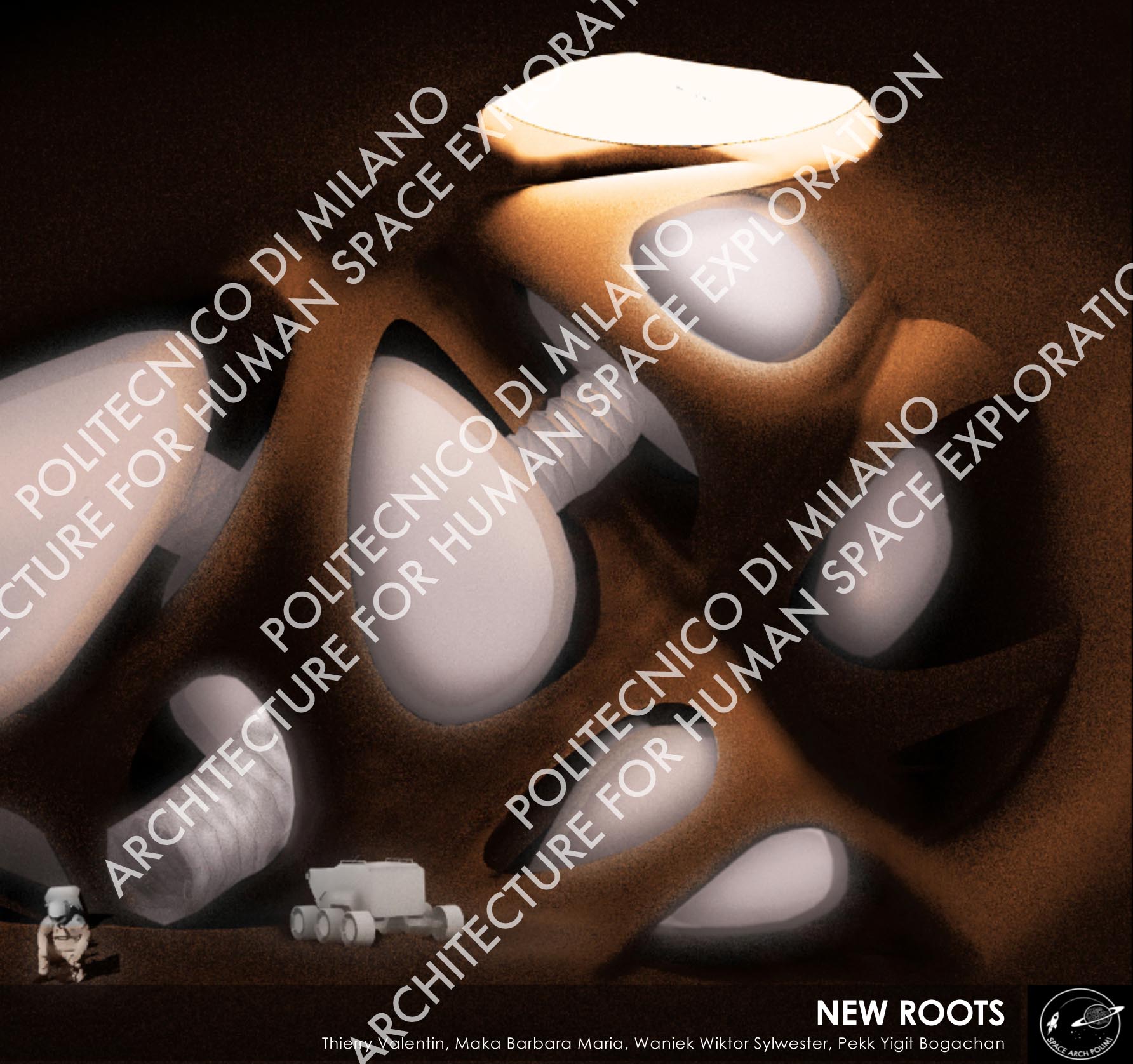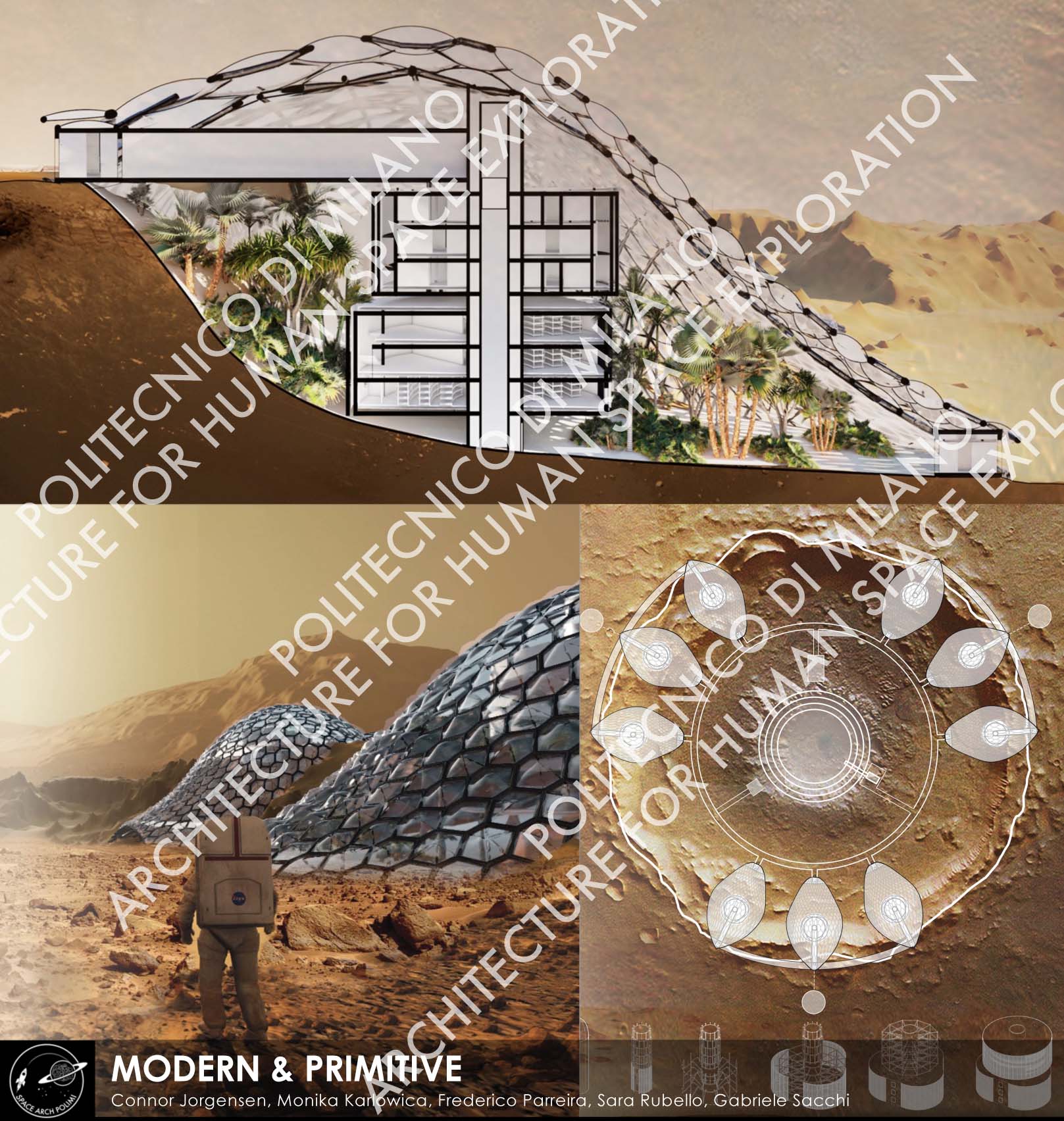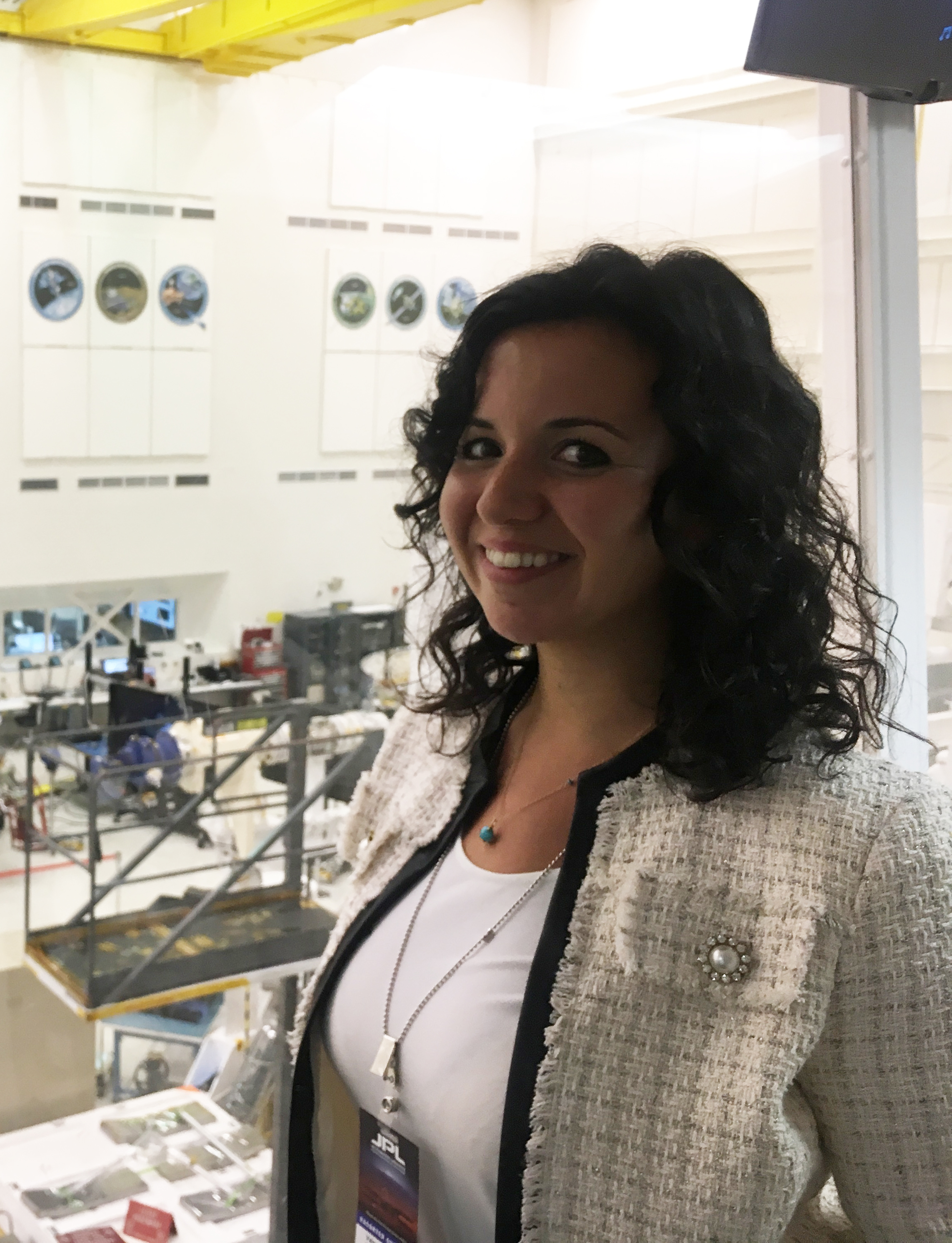Space Architecture | Online Workshop | English | Europe-Mideast-Africa
Description:
NASA’s Artemis Program is envisioning a plan to drive humanity to live on our closest celestial body: the Moon. The dream of designing and building a permanent outpost on the lunar surface to allow human explorers to live at 250,000 miles from Earth is becoming reality.
Indeed, designing a resilient and sustainable infrastructure for manned missions on the Moon is a new design challenge that requires a new design holistic approach. Space Architecture relies on some fundamental pillars that are intrinsically interconnected: space sciences, engineering, industrial design, ergonomics, medicine, psychology, and art. The project Explore Moon Architecture (E.M.A.) will allow students to build on the knowledge and technologies developed for space applications.
Students will explore innovative architectural design solutions of an integrated habitat on the Moon that will be based on the conditions unique to the lunar environment, such as reduced gravity, extreme thermal differentials, high-energy solar exposure, cosmic radiation, high velocity micrometeorite impact, abrasive-electrostatic regolith, zero atmosphere and constrained human living space and human factor design principles. A computational design approach will be encouraged in order to perform multi-objective optimization form-finding analysis to take into account human and environmental requirements for a lunar habitat.


Key Words:
Lunar Architecture,Computational Design,Form-finding,Optimization
Required Skills:
Intermediate Rhinoceros and Grasshopper
Required Software:
Rhinoceros, Grasshopper, Weavebird, Kangaroo, Karamba, Octopus
Required Hardware:
PC
Maximum number of participating students:
10
Indeed, designing a resilient and sustainable infrastructure for manned missions on the Moon is a new design challenge that requires a new design holistic approach. Space Architecture relies on some fundamental pillars that are intrinsically interconnected: space sciences, engineering, industrial design, ergonomics, medicine, psychology, and art. The project Explore Moon Architecture (E.M.A.) will allow students to build on the knowledge and technologies developed for space applications.
Students will explore innovative architectural design solutions of an integrated habitat on the Moon that will be based on the conditions unique to the lunar environment, such as reduced gravity, extreme thermal differentials, high-energy solar exposure, cosmic radiation, high velocity micrometeorite impact, abrasive-electrostatic regolith, zero atmosphere and constrained human living space and human factor design principles. A computational design approach will be encouraged in order to perform multi-objective optimization form-finding analysis to take into account human and environmental requirements for a lunar habitat.


Schedule:
Jun 26 - Jul 2
-
Day 1 / Jun 26
-
Day 2 / Jun 27
-
Day 3 / Jun 29
-
Day 4 / Jul 2
Instructors:
-
 Valentina Sumini MIT Media Lab and Politecnico di Milano,Space Architect, Visiting ProfessorValentina Sumini, PhD, is Space Architect, Engineer and Research Affiliate at MIT Media Lab in Responsive Environments and Space Exploration Initiative, and Visiting Professor at Politecnico di Milano, where she teaches the course "Architecture for Human Space Exploration" at the School of Architecture, Urban Planning and Construction Engineering. Within the MIT Media Lab she develops computational design solutions and architectures to sustain human life in extreme environments on Earth and enable human space exploration in Low Earth Orbit, on the Moon and Mars. Her passion in advancing human performance during deep space exploration missions dates back to 2009 when she designed an hotel MOOREA on the lunar surface for democratizing the access to space to tourists. Over the years she developed at MIT and MIT Media Lab more in depths studies that she applied to different scenarios and award winning competitions projects, mainly organized by international Space Agencies: a Space Hotel orbiting in Low Earth Orbit around Earth (NASA RASC-AL Competition 2017), a city on Mars and its generative design model (Mars City Design Competition 2017 ), a greenhouse on Mars (NASA Big Idea Challenge 2019), an ice extraction system for Mars (NASA RASC-AL Competition 2018), a Moon Village (European Space Agency), a soft robotic exoskeleton for enhancing astronaut movements and performance in microgravity and a pavilion, the Tidmarsh Living Observatory Portal (NASA TRISH), to reconnect astronauts with nature during long duration missions. Valentina’s work has been featured among others in MIT News, Harvard Design Magazine, the Wall Street Journal, Forbes, WIRED, Structure Magazine, IAC, IEEE, IASS, CHI, Ars Electronica and AIAA proceedings and TEDx Talks. She is Vice Chair of the ASCE Earth and Space Technical Committee (American Society of Civil Engineers), member of the Space Architecture Technical Committee of the AIAA (American Institute of Aeronautics and Astronautics), member of Space Generation Advisory Council and reviewer for American Society of Civil Engineers of Practice Periodical on Structural Design and Construction and columnist at Corriere Innovazione. Finally, she is currently R&D Specialist at Coesia Engineering Center and Coordinator of the COESIA Innovation Hub developing engineered solutions for Innovation, Sustainability and Computational Design.
Valentina Sumini MIT Media Lab and Politecnico di Milano,Space Architect, Visiting ProfessorValentina Sumini, PhD, is Space Architect, Engineer and Research Affiliate at MIT Media Lab in Responsive Environments and Space Exploration Initiative, and Visiting Professor at Politecnico di Milano, where she teaches the course "Architecture for Human Space Exploration" at the School of Architecture, Urban Planning and Construction Engineering. Within the MIT Media Lab she develops computational design solutions and architectures to sustain human life in extreme environments on Earth and enable human space exploration in Low Earth Orbit, on the Moon and Mars. Her passion in advancing human performance during deep space exploration missions dates back to 2009 when she designed an hotel MOOREA on the lunar surface for democratizing the access to space to tourists. Over the years she developed at MIT and MIT Media Lab more in depths studies that she applied to different scenarios and award winning competitions projects, mainly organized by international Space Agencies: a Space Hotel orbiting in Low Earth Orbit around Earth (NASA RASC-AL Competition 2017), a city on Mars and its generative design model (Mars City Design Competition 2017 ), a greenhouse on Mars (NASA Big Idea Challenge 2019), an ice extraction system for Mars (NASA RASC-AL Competition 2018), a Moon Village (European Space Agency), a soft robotic exoskeleton for enhancing astronaut movements and performance in microgravity and a pavilion, the Tidmarsh Living Observatory Portal (NASA TRISH), to reconnect astronauts with nature during long duration missions. Valentina’s work has been featured among others in MIT News, Harvard Design Magazine, the Wall Street Journal, Forbes, WIRED, Structure Magazine, IAC, IEEE, IASS, CHI, Ars Electronica and AIAA proceedings and TEDx Talks. She is Vice Chair of the ASCE Earth and Space Technical Committee (American Society of Civil Engineers), member of the Space Architecture Technical Committee of the AIAA (American Institute of Aeronautics and Astronautics), member of Space Generation Advisory Council and reviewer for American Society of Civil Engineers of Practice Periodical on Structural Design and Construction and columnist at Corriere Innovazione. Finally, she is currently R&D Specialist at Coesia Engineering Center and Coordinator of the COESIA Innovation Hub developing engineered solutions for Innovation, Sustainability and Computational Design.